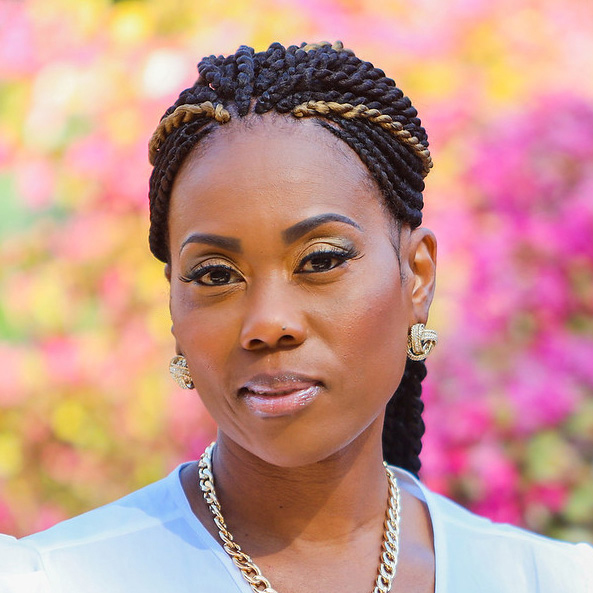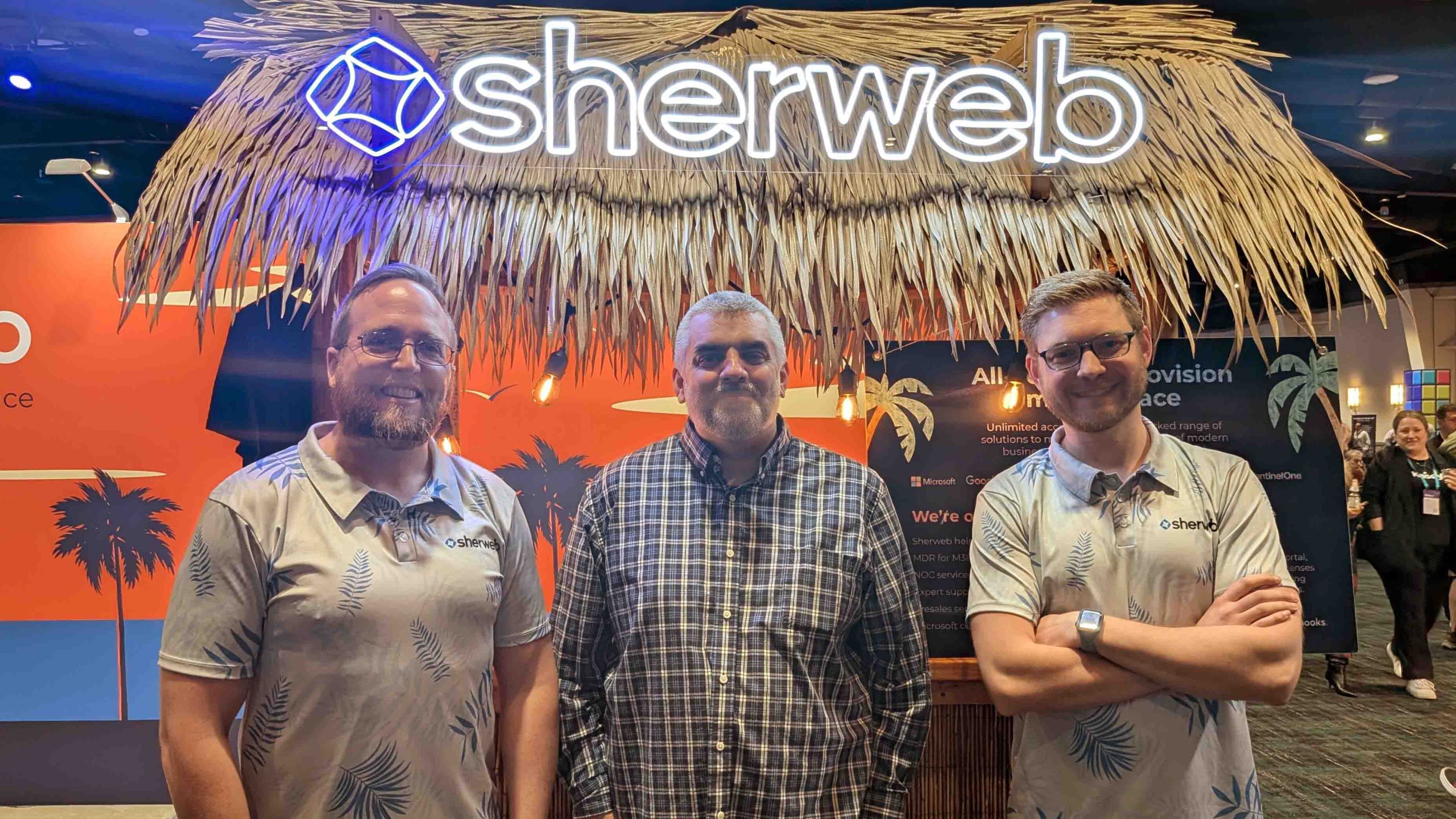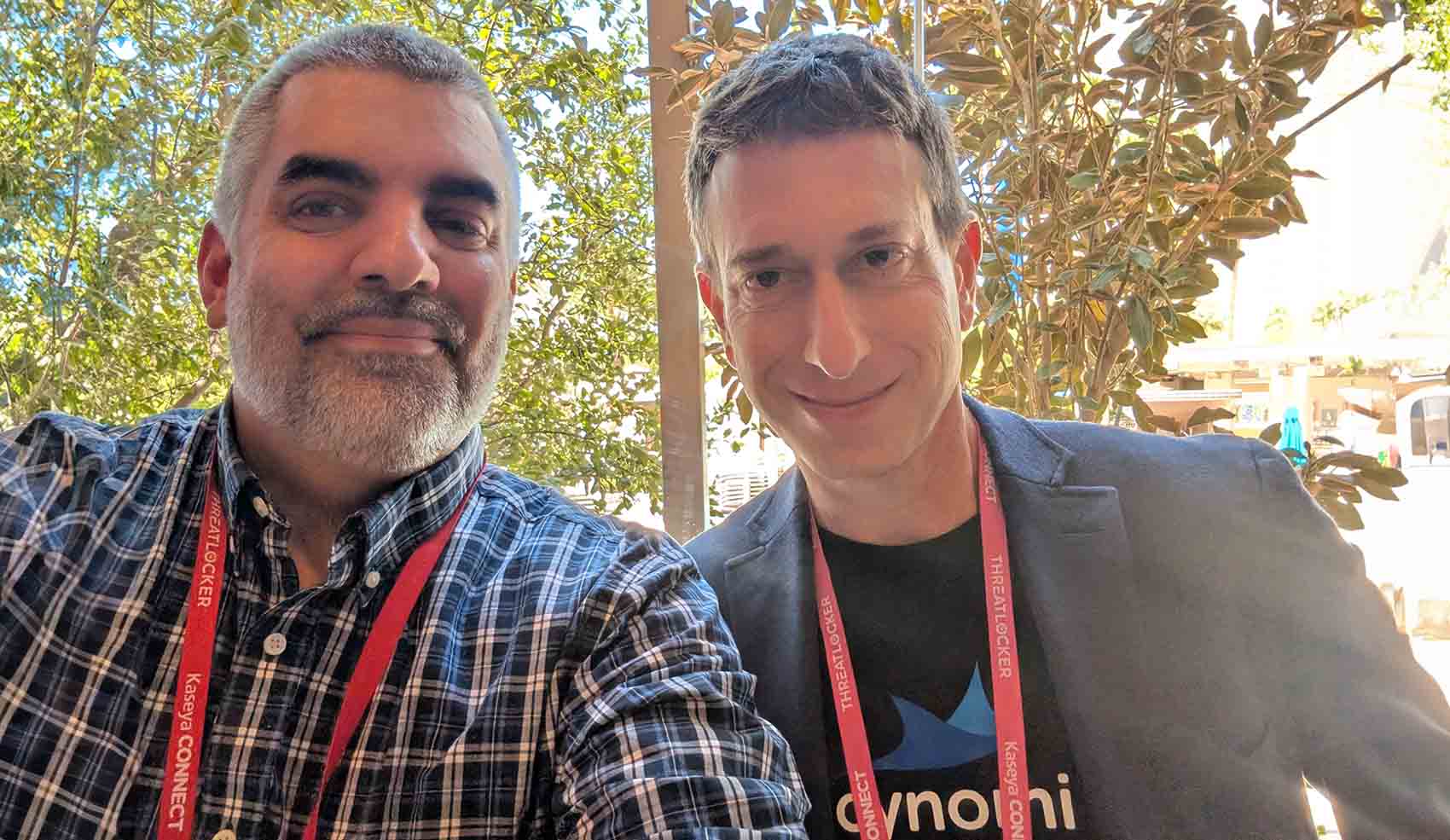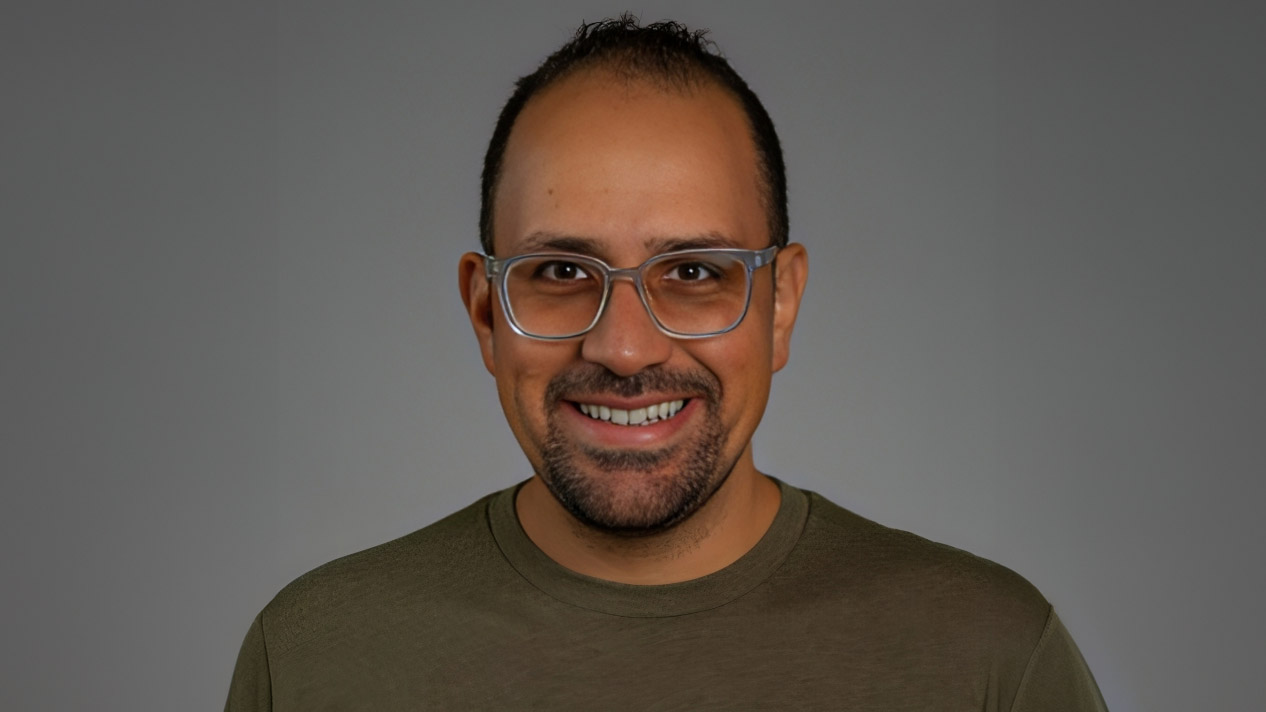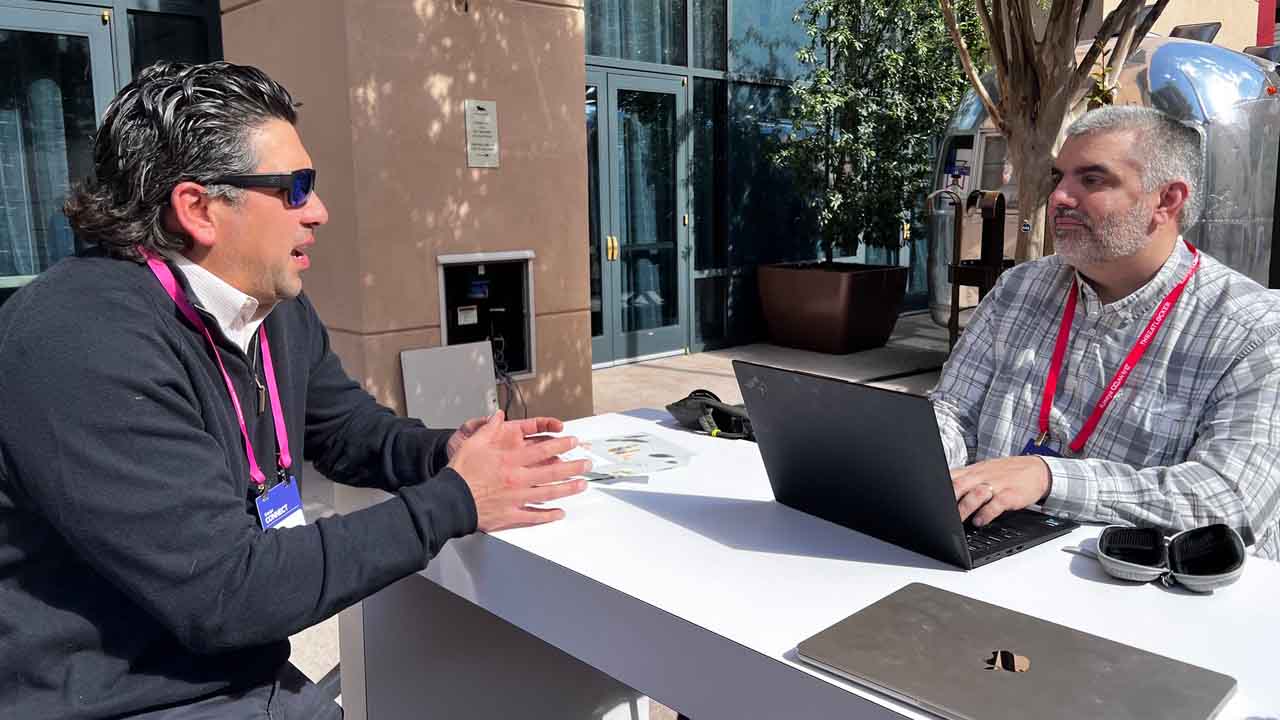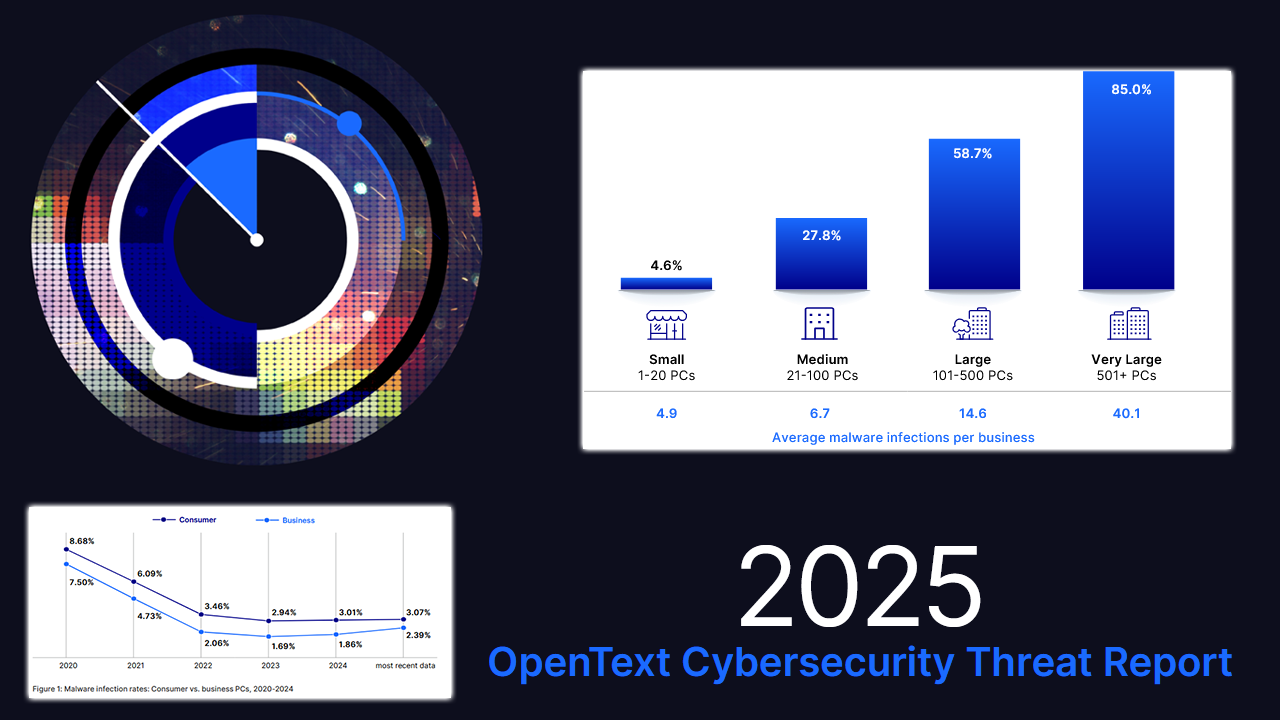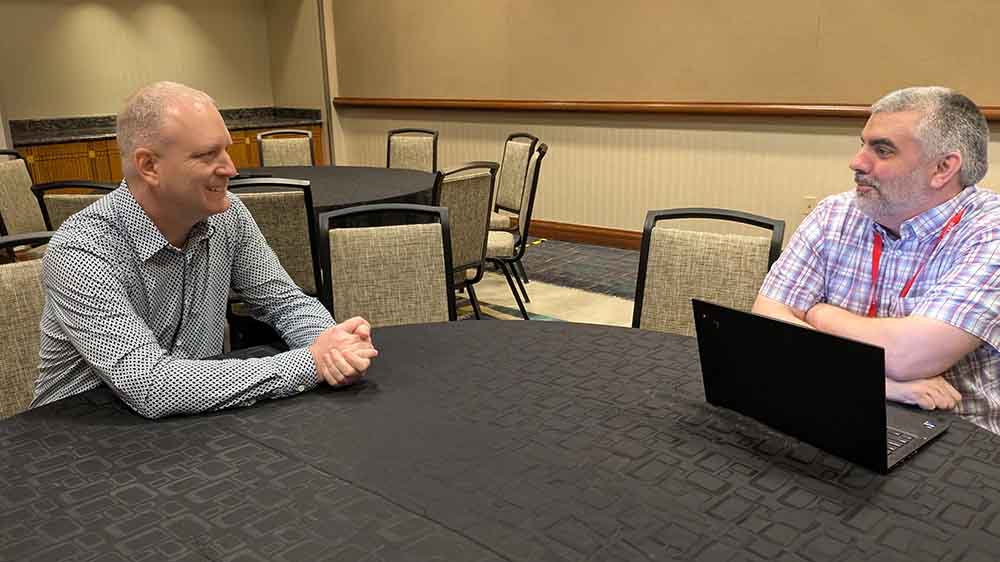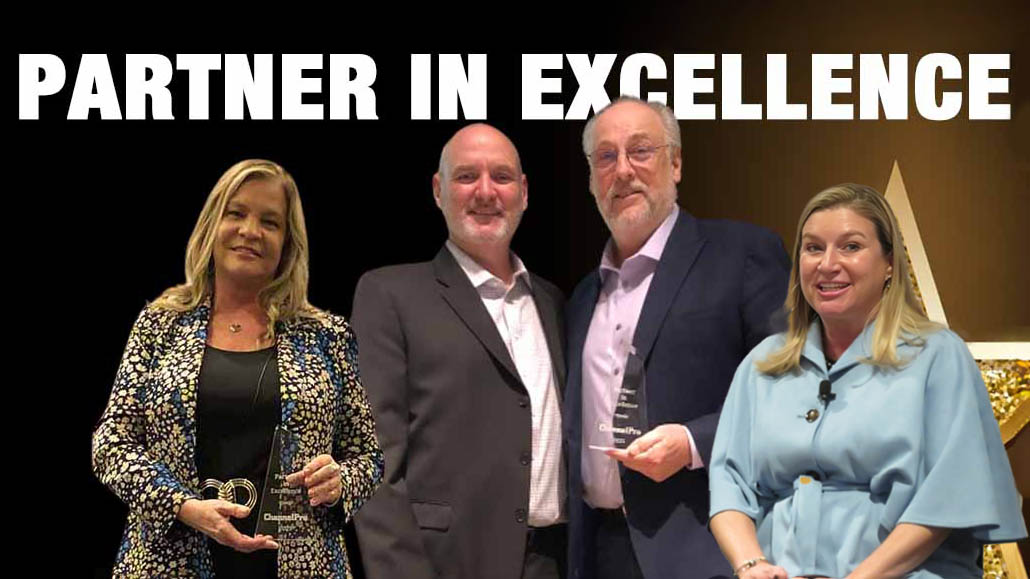CEOs everywhere are promising to make their companies more diverse, equitable, and inclusive. Aside from the social impetus, leaders have financial incentives to take on DEI initiatives. Research from McKinsey & Company found that companies in the top quartile for gender, racial, and ethnic diversity are substantially more likely to have financial returns above the median for their industries.
The end goal of any company pursuing greater diversity, equity, and inclusion is a team that not only includes and welcomes all employees, including those of diverse gender, race, ethnicity, sexual identification, age, ableism, and other characteristics, but also ensures they all have equal opportunity to thrive.
Diversity efforts start with improved recruitment and hiring practices but should permeate day-to-day operations as well. Inclusion refers to how every employee is valued and respected and whether they are given the tools and encouragement to advance and prosper. Successful diversity and inclusion practices boost morale, enhance the company culture, and enrich the bottom line.
Despite proven return on investment and good intentions, however, the results of DEI initiatives often don’t live up to the CEO’s promises. Why? In pursuit of DEI ideals, there are some common missteps that organizations make that undermine the results:
1. Resourcing inadequately – The term “greenwashing” describes claims by companies designed to give the impression that their products or processes are more environmentally sound than they really are. It’s understandable that companies today want to be identified as eco-friendly, but sometimes their claims are greener than their actions.
Similar disconnects between words and reality can occur when DEI priorities are announced but not given forward momentum with the required resources, such as people, process, and funding. This dissonance sometimes happens when the initiatives are spurred by incidents that cause corporate embarrassment. In some cases, face-saving announcements of DEI initiatives get more attention than the day-to-day activities needed to achieve effective and lasting change.
2. Failing to lead from the top – Who’s in charge? Is the initiative just another responsibility dropped on the HR department? Is it assigned to an already overworked employee who happens to be a member of the minority group the company wants to address but has little background or training in the sorts of actions needed?
DEI efforts must be championed by senior leaders if they’re to be taken seriously by employees. In fact, it’s sometimes best to direct initiatives from the CEO’s office, signaling a serious commitment to DEI.
3. Placing the focus on “headliner” hires – Some companies see a quick-hit advantage to making high-profile diversity hires in their C-suite and executive teams or recognizing diversity among board appointments. While that might generate good press, it can demoralize a workforce that feels ignored. And sometimes it can backfire, as overemphasizing a diversity hire can seem inauthentic to both internal and external audiences.
4. Handling DEI all in-house – It’s vital to know how your organization collectively feels about the company’s inclusivity standards. Whether captured through anonymous surveys or from focus group feedback, benchmark information can guide your DEI efforts. Since it’s natural for workers to fear blowback for speaking frankly to company representatives, hiring a third-party resource to collect and analyze the data anonymously is essential to gaining an accurate assessment.
5. Reusing the same old recruitment strategies – Dipping into the same pool is unlikely to result in finding new talent. Accordingly, using a recruitment firm that rarely delivered diverse job candidates in the past may not support your goals without intentional changes. Likewise, relying on your team for referrals can result in demographically similar candidates. Instead, consciously requesting referrals from a diverse group of associates can produce a more diverse mix of applicants.
When Forbes surveyed 321 key executives at global organizations generating at least $500 million in annual revenue about their companies’ DEI practices, they found that 52% recruited for diversity from diversity associations at universities and graduate schools. Forty-nine percent sought talent at diversity-focused job fairs. In other words, successful recruiting efforts were deliberate, strategic, and targeted.
6. Treating DEI as a monolithic beast – DEI is not a one-and-done proposition; it’s a complex challenge requiring all organizations to be intentional and sometimes methodical, both horizontally and vertically.
For example, a company might have female and LGBTQ employees in substantial numbers and leadership roles but employ an overwhelmingly white workforce with little or no racial or ethnic diversity. Similarly, corporate-level programs and statistics might not be representative of individual locations or business units. In these cases, it might be easy for a company to check the DEI box when they still have work to do.
Small Changes Add Up
The good news is that if your DEI initiatives aren’t delivering the results your company desires, your programs might need tweaking – or even prioritization and follow-through – rather than complete overhauls. All the data says the results are worth the effort – from morale and reputation to productivity and profitability.
RAQUEL WILEY, a 25-year veteran of the telecom industry and a channel marketing professional, is a rising voice for DEI in the telecom channel and a sought-after expert and frequent speaker on DEI topics, such as gender and racial diversity. She serves as chair of ACW’s Diversity, Equity & Inclusion (DEI) Committee and is a founding member of the DEI Advisory Board for Channel Futures. She also serves as vice president of marketing at NetFortris, an end-to-end provider of managed cloud communications solutions and secure network services.




